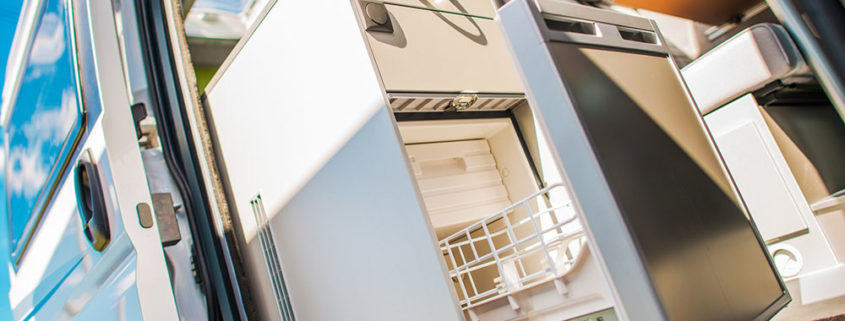RV Storage Tips
A family adventure in an RV is a wonderful way to see the magnificence and exquisiteness of the country. However, for the majority of people these kinds of family voyage are restricted to holiday vacations. Hence, it is crucial to keep the RV in good condition for the next trips. It should not just be parked without any attention until the upcoming trip.
Here are a few RV storage guidelines to ensure your RV is safe and sound.
Deep Clean the RV to Avoid Damage
Prior to parking your RV, you’ll need to do an intensive indoor and outdoor cleaning. For the outdoor a power wash is going to get rid of any dirt or bug remains which sometimes destroy the RV’s paint. On the interior, take out all foods and clean down every area to steer clear of drawing unwanted pests. This presents the most suitable occasion where you can unplug devices and verify that windows and doors are secure and protected.
To trap displeasing odors and smells, dispose some quantity of baking soda down the rig’s drains before. And don’t fail to remember draining water tanks especially if you want to store the RV for a prolonged time period.
Safeguard Your RV’s Battery, Engine and Tires
Before you store an RV, take time and ensure the batteries are 100 % charged and take advantage of the battery disconnect switch to conserve power. This helps you save juice when you need to go back to the road. In the event that your RV comes with a generator system, ensure you off the auto start so that it doesn’t come while on storage. It is advisable to take more serious steps if you are storing your RV in freezing environments.
Additionally ensure the fuel system is filled up so that extra moisture doesn’t start building up in the tank leading to toxic contamination which would eventually result in hindering your vacations plan. Make use of a fuel stabilizer or algae prevention to provide protection for your system.
It is equally important to cover your RV’s tires to safeguard them from the sun. Pump up to the tire to helps resist tire flattening especially in cold weather.
Store Your RV with Vent and Window Covers
Vent covers are great at the time of storage and on the highway to protect the RV from the elements. Without vents and covers some unwanted pests can get into the RV via the refrigerator vent. Vents are not only ideal for keeping some unwanted pests out, they assist in releasing dampness and heat which could accumulate in a stored RV escape.
On a final note, cover the whole RV if you possibly can as the sun is so destructive to paint, dash panel and tires. But in the event you don’t intend on keeping the RV for a very long time, ensure you close the curtains and make use of a windshield screen to safeguard your RV’s interior from fading or cracking. Setting up something to prevent light from entering the windows, so that the heat won’t come in is highly recommended.


